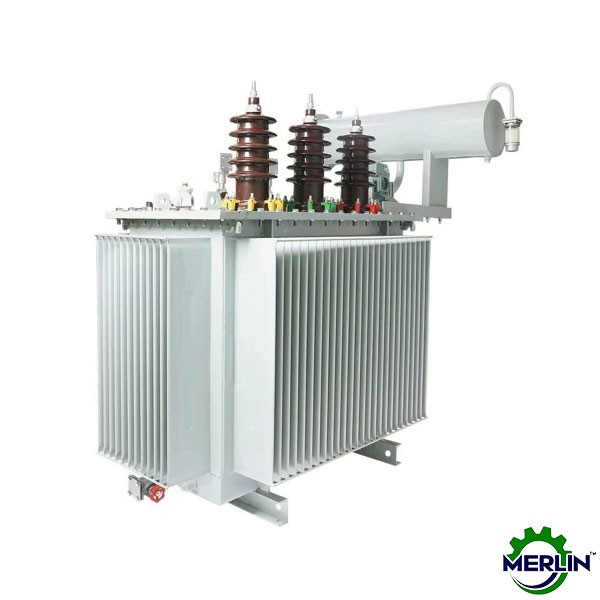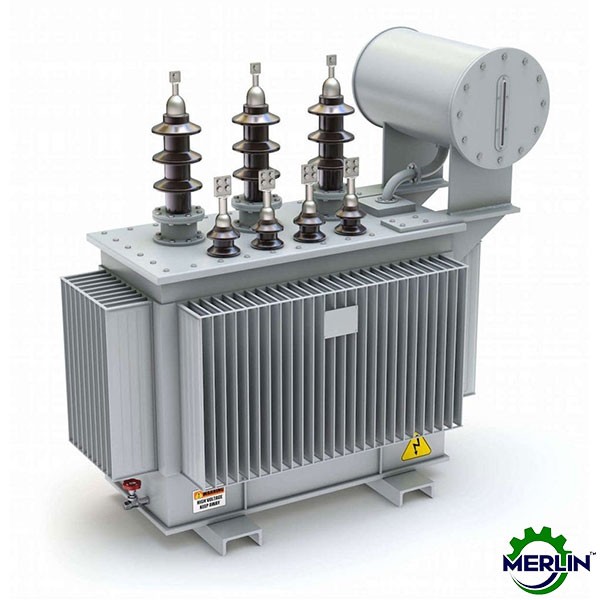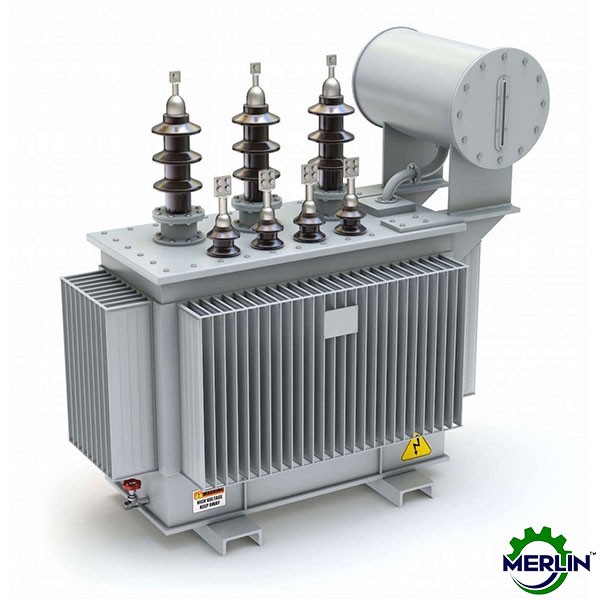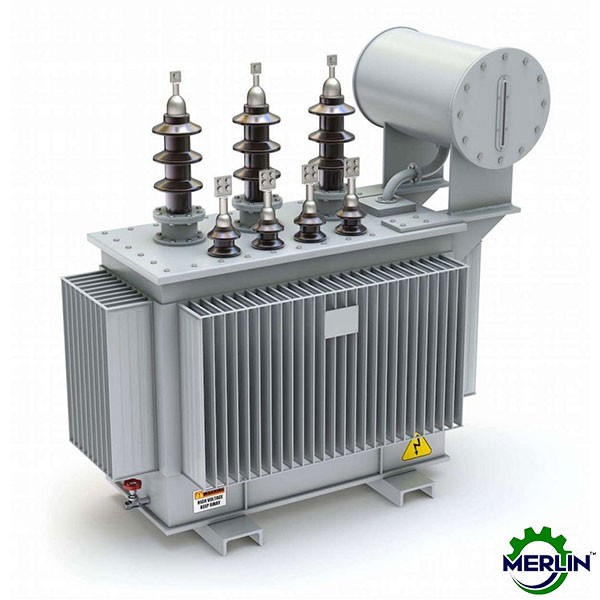
What is a Distribution Transformer : Construction and Its Types
In today's landscape, finding
suitable locations for installing distribution transformers poses a significant
challenge for distribution companies, particularly in urban settings. Careful
consideration of factors such as load distribution, load center, potential for
future development, and available space is crucial in the planning process.
Depending on the size, weight, and specific requirements of the transformer, it
can be mounted on a single pole or an H-pole, offering flexibility in
installation choices.
What is a Distribution Transformer?
A distribution transformer, also known as an isolation transformer, plays a crucial role in altering high voltage to standard voltage levels, such as 240/120 V, for electric power distribution. Within the distribution system, various types of transformers are employed, including single-phase, three-phase, underground, pad-mounted, and pole-mounted transformers. These transformers are available in different sizes and efficiencies, catering to diverse user requirements and budgets.
Construction of Distribution Transformers
The construction of a distribution
transformer closely resembles that of smaller transformers. Key components of
these transformers include the oil tank, conservator, Buchholz relay, breather
unit, oil indicator, temperature detector, pressure relief device, thermal
relay, radiator, and bushing. These components serve essential functions, from
insulating the windings to monitoring temperature and pressure levels, ensuring
safe and efficient operation.
Types of Distribution Transformers
Based on application requirements,
distribution transformers are classified into several types:
Single Phase: Primarily used in networks where a three-phase supply is unnecessary, single-phase transformers find applications in residential overhead distribution loads, industrial lighting, light commercial loads, and power applications.
Three Phase: These transformers
facilitate the transfer of electrical energy from the main distribution circuit
to a secondary distribution circuit, adjusting voltage levels as required by
consumers. Available in single-phase and three-phase configurations, they
operate at varying voltage and frequency levels to meet diverse user needs.
Pad-Mounted: Featuring a locked
steel enclosure mounted on a concrete pad, pad-mounted transformers are
installed in locations where space constraints prevent the use of fenced
enclosures. Ranging from 75 kVA to 5000 kVA, these transformers serve multiple
homes or large buildings and include fixed switches and fuses.
Pole-Mounted: Mounted on electrical service poles alongside overhead cables, pole-mounted transformers are utilized to convert high distribution voltage to lower voltages for consumer use. These transformers are commonly employed in rural areas, offering reliability and ease of installation.
Transformer
Buying Guide in Bangladesh
A
Distribution Transformer serves as an electrical isolation apparatus,
converting high-voltage electricity into lower voltage levels suitable for
domestic and commercial usage.
Transformer
units installed by the government are a common sight on electric poles across
various regions of Bangladesh. However, these units often struggle to handle
the substantial power demands of large apartments, offices, or factories. As a
result, supplementary transformers, also referred to as power sub-stations,
become necessary to meet the increased load requirements effectively.
Function:
The primary function of a distribution transformer is to lower voltage levels and ensure isolation between primary and secondary circuits. It facilitates the transmission of electrical energy by reducing high-distribution voltage levels to levels appropriate for end-use consumption.Ubiquity:
Almost all electrical energy undergoes transformation through at least one distribution transformer before powering end-use appliances, motors, or other equipment. Distribution Transformers are integral across various sectors of the economy, including residential, commercial, and industrial domains.Classification:
Distribution transformers are typically classified based on:- Type of insulation:
Liquid-immersed or dry-type.
- Number of phases:
Single-phase or three-phase.
- Voltage level (applicable for dry-type transformers): Low or medium.
FAQs:
1. Which transformer is used in an
electrical distribution system?
A step-down transformer is typically used in an electrical distribution
system.
2. What is the difference between a
distribution transformer and a power transformer?
While a power transformer is utilized in transmission networks with high
voltages, a distribution transformer is employed in low voltage distribution
networks.
3. What are the types of
transformers?
Transformers come in various types, including step-up, step-down, power,
distribution, instrument, potential, current, single-phase, three-phase, auto,
etc.
4. Why are transformers rated in
kVA?
Transformers are rated in kilovolt-amperes (kVA) because they do not
alter the power factor of their output power.
5. What is the formula for
converting kW to kVA?
The formula is: Apparent power (kVA) = Actual power (kW) / Power factor
(PF)
6. How many types of transformers are available in Bangladesh?
In Bangladesh, there are two main types of transformers: step-up transformers and step-down transformers. These transformers exhibit distinct technical differences, each serving specific purposes. Here's a comprehensive discussion about these transformer types:Step-Up Transformer: A step-up
transformer functions by increasing the voltage in the secondary coil when
voltage is applied to the primary coil. Essentially, it elevates the input
voltage and delivers the amplified voltage as output. Step-up transformers are
commonly utilized in UPS, IPS, inverters, and similar equipment.
Step-Down Transformer: Conversely,
a step-down transformer operates in the opposite manner to a step-up
transformer. It reduces the voltage at the output after receiving voltage from
the primary transformer. This type of transformer is essential for providing
lower voltage levels as required in various applications.
7. What is the price of transformer in Bangladesh?
In Bangladesh, transformer prices begin at Tk 2,000,000, with models capable of supporting up to 630 kVA. However, there is a limited availability of transformers suitable for efficiently powering small apartments or factories. Additionally, there are alternative transformer types designed for running LED lighting, TVs, and small appliances during different occasions, priced within the range of thousands of Taka. The cost of transformers in Bangladesh varies based on factors such as shape, brand, KVA rating, and technology employed.
8. How to choose the right transformer?
Here are some essential
considerations for selecting the right transformer from various types:
Size:
The size of the transformer is a
crucial factor to consider as it determines where the transformer will be
installed. Prior to purchasing a transformer, it's important to assess the
available space for installation.
KVA:
Selecting a transformer based on
the required KVA power is vital. If the KVA rating of the transformer does not
match the requirement, it may lead to improper power distribution. If the KVA
is insufficient, the transformer may fail to supply electricity to all areas,
while excessive KVA could result in electrical accidents. Therefore, matching
the KVA rating to the requirement is crucial. Various KVA transformer options
are available in the Bangladesh market, including:
- 10 KVA transformer
- 30 KVA transformer
- 100 KVA transformer
- 200 KVA transformer
- 630 KVA transformer
- 800 KVA transformer
- 1000 KVA transformer, among others
- Capacities ranging from -50kVA to 5 MVA
- Transformers compatible with any vector group
- Equipped with Oil Immersed-Natural Cooling (ONAN)
technology
- Features both no-load and on-load tap changers
for both outdoor and indoor types
Voltage variation can have adverse effects on utilities and their customers, leading to complaints, revenue loss due to sub-normal voltage, and increased costs from higher line losses. Ideally, distribution lines should maintain constant voltage throughout the system. However, impedance in distribution lines often leads to voltage discrepancies between the end and terminal points. Ensuring the actual voltage matches the rated voltage of the circuit is crucial for power quality and supply reliability. To address this, three-phase voltage regulators are utilized at the end of transmission lines to maintain power supply voltage at the rated level.
General Purpose Distribution Transformers
General-purpose distribution
transformers, also known as service transformers, play a crucial role in the
electric power distribution system by providing the final voltage
transformation. They step down the voltage from distribution lines to levels
suitable for consumer use, powering appliances, lighting, machinery, and
various electrical loads.
These transformers ensure reliable and efficient operation while maintaining silence, making them essential for delivering power from the station to the end consumer. Available in a range of sizes from 50KVA to over 3000kVA, they come with either aluminum or copper windings and can be either ventilated or totally enclosed.
Applications of Distribution Transformers
Distribution transformers serve a variety
of purposes, including:
- Stepping down high voltage
electricity for use in homes and businesses
- Providing isolation between
primary and secondary windings
- Distributing power to remote areas from power plants
- Delivering electrical energy to
industries and domestic consumers at reduced voltage levels
Conclusions:
In conclusion, distribution
transformers play a vital role in distributing electrical energy efficiently
and safely. They are essential components of modern power distribution systems,
serving both industrial and domestic consumers. Now, I pose a question to you:
What are the different types of connections used in distribution transformers?








